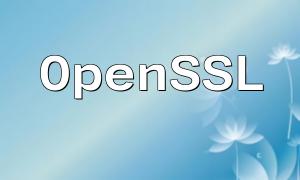In modern web applications, real-time notifications are essential for enhancing user experience and operational efficiency. JPush is a reliable and efficient push service that offers a PHP SDK, allowing developers to integrate it with ease. This guide demonstrates how to use JPush to implement scheduled message push and consumption in a PHP project.
To begin the integration, you need to install the official JPush PHP SDK. It is recommended to use Composer for installation:
composer require jpush/jpush-sdk
Once installed, include the autoloader in your project and use the appropriate namespace:
require 'vendor/autoload.php';
use JPush\Client as JPush;
Before sending push notifications, you must register on the JPush platform, create an application, and retrieve your AppKey and Master Secret. These credentials are required for authentication:
$appKey = 'YOUR_APP_KEY';
$masterSecret = 'YOUR_MASTER_SECRET';
$jpush = new JPush($appKey, $masterSecret);
JPush allows scheduled delivery of messages across platforms. Here's an example of a push task that sends a message to all devices after a 60-second delay:
$message = new JPush\Message('Hello, JPush!');
$pushPayload = new JPush\PushPayload($message, null, null, null, null, null, null, null, null, 60);
$response = $jpush->push()
->setPlatform('all')
->send($pushPayload);
This code builds a complete push request and sends it, with support for further customization such as targeting by alias, tag, or notification style.
In addition to pushing messages, JPush supports message consumption, allowing servers to retrieve and process messages from a queue. Here's a basic example:
$cid = 'YOUR_CONSUMER_ID';
$consumer = $jpush->consumer();
$message = $consumer->popMessage($cid);
if ($message) {
// Process the message
$consumer->ackMessage($message->messageId);
} else {
// No message available
}
This logic pulls a message from a specified consumer queue and acknowledges it to prevent duplicate processing.
By following the steps in this guide, you've learned how to integrate JPush with PHP to implement scheduled message pushing and message consumption. This solution fits a variety of use cases such as chat systems, marketing notifications, and system alerts. You can further extend and customize it to meet specific business needs.









